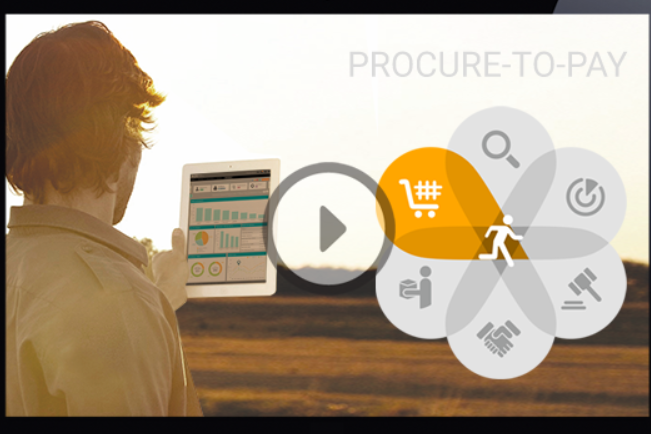How Lean, Agile Supplier Relationships Improve collaborative Client Quote Generation
Manufacturing companies that operate their Procure-to-Pay (P2P) processes so that Supplier Relationships are collaborative, data-driven, strategic alliances improve client quote generation. They are lean, strong, agile supplier relationships that aren’t siloed to strict, expensive parameters. They develop with trust and time through trans-formative iterations that eliminate unnecessary processes so your quotes aren’t ambiguous and give…






